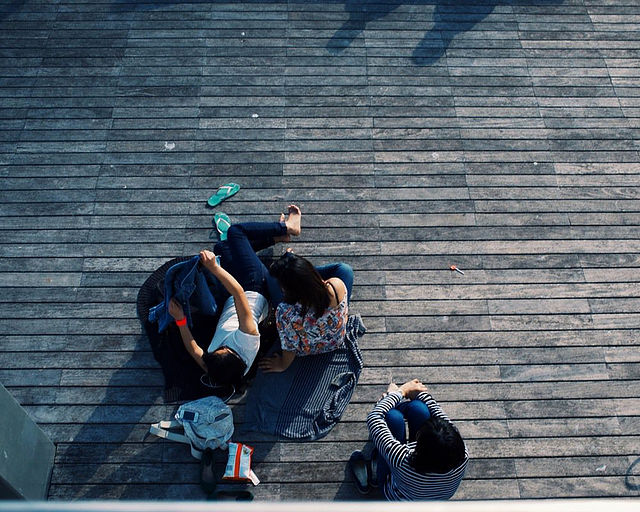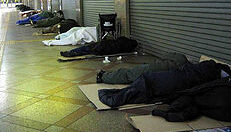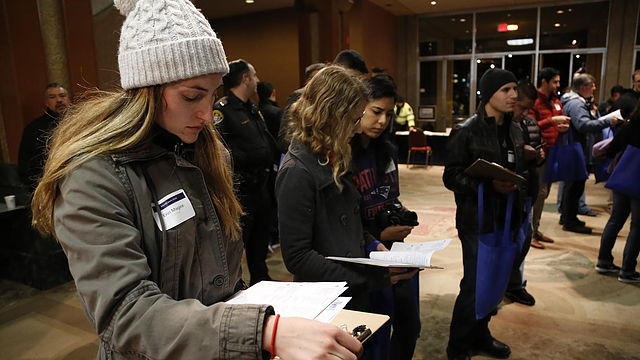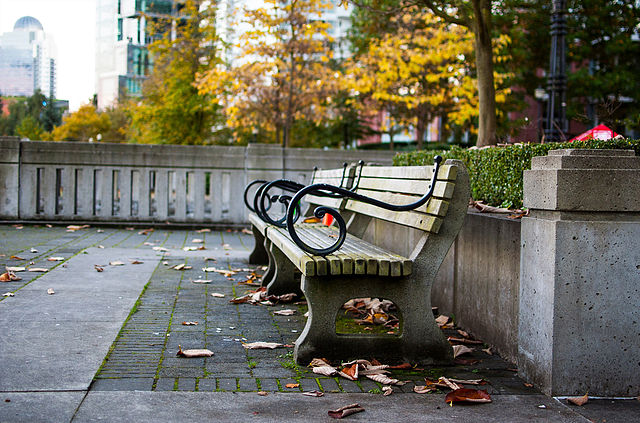Thank you to the organizers for the invitation to speak at this event. Thanks also to the Vincentian Family of NGOs at the UN – representing a membership of two million people globally working to end poverty in 151 countries – for creating this opportunity.
In consideration of our shared commitment through the 2030 Agenda to leave no
one behind, I would like to make a case for street homeless people across the
world as a population that is indeed at risk of being neglected. I realize that the
word “homelessness” itself has a much broader application than those just living
on the streets – we might include refugees, internally displaced people, slum
dwellers for example – and I also realize that these populations sometimes
overlap. However, with those caveats in place, I can think of no more powerful
image of global poverty than homeless people living and sleeping on the streets
of our major towns and cities.
This is not a new problem. However, our work at the Institute of Global
Homelessness based at DePaul University in Chicago, points to the fact that
unsheltered homelessness is growing in many parts of the world for a multitude
of reasons and that this group is in danger of being overlooked in the battle to
eradicate poverty. Unsheltered homelessness affects all groupings – men and
women, families with children, youth, the elderly, people with disabilities. It
occurs in most nations – wealthy and poor – across the globe. It has severe
negative impacts on both individuals and on cities.
I would like to say we have a firm understanding of the size and scale of this issue
globally but definitions of homelessness vary from country to country and data
collection is either poor or non existent in many parts of the world. The last global
guestimate of street homelessness came in 2001 in a report from the UN Human
Settlements Program and it suggested that 100 million people have no access to
housing or shelter in any shape or form. In truth, we just don’t know, we don’t
measure it – it’s very likely the figure is much higher.
What we do know is that shelter and housing are the foundation stones for
dignified, decent and rewarding lives. Shelter and housing are crucial if people are
to reach their full potential and to address other causes and effects of extreme
poverty. There’s evidence from across the world that street homelessness
dramatically affects people’s health and mental health, and makes it more
difficult to access employment or receive services that might help lift you out of
poverty. All in-country research available points to the fact that street homeless
people have a shorter life expectancy than those who are sheltered. One of our
partners calls street homelessness a “death inducing poverty”.
Street homeless populations vary from country to country, and even from city to
city. However, it is always the case that they are people who are in vulnerable
situations or who face discrimination. For example:
In the US, homelessness is particularly high among LGBTQ youth and people of color.
In Australia and Canada, disproportionate numbers of people who identify as indigenous or Aboriginal experience homelessness.
In India, people of lower castes are more likely to live on the street.
If the 2030 Agenda’s focus is on solutions to poverty for people in vulnerable
situations who face additional discrimination, then we almost certainly need to
include solutions for people experiencing street homelessness.
Further, street homelessness intersects directly with several of the indicators for
SDG 1. For example, people who are street homeless are often unable to access
basic services (indicator 1.4.1), and are especially vulnerable to climate-related
events (indicator 1.5.1). However, any measurement of street homelessness as an
indicator of poverty in itself is missing from the SDGs – as is the the concrete
suggestion that countries tackle street homelessness as part of their national
poverty reduction strategies. If we are serious that we want to make sure that no
one is left behind, we must address these issues.
Is it possible to reduce or even end street homelessness? The simple answer is
yes! At the Institute of Global Homelessness, we are busy gathering stories of how that has worked in practice and we have just begun working with 150 cities who
have pledged to end street homelessness by 2030.
– The city of Medicine Hat in Canada recently achieved functional zero with
regard to street homelessness
– In the UK the Government backed Rough Sleepers Initiative reduced street
homelessness by two thirds between 1999 and 2002
– Finland’s National Program to Reduce Long –Term Street Homelessness
(PAAVO) is close to eliminating street homelessness completely in that country.
In addition to these clear examples of reductions, or even ending street
homelessness, there are other promising examples where government and civil
society have come together to gather better data and drive down street
homelessness in countries as diverse as Chile, Vietnam and Uruguay. What all of
these stories have in common are:
-
A clear goal or target agreed across a city or country.
-
A well-coordinated system that plans for outcomes and gathers reliable
data.
-
A citywide or national strategy that weaves together prevention,\emergency response, and housing and support.
-
Resources to support this work and to provide an adequate supply of safe,affordable accommodation or shelter.
I believe we can take these lessons and apply them in a global context.
There are two things which could happen here at the UN which would help to
make a difference.
Firstly, and very simply, could we suggest that existing national poverty reduction
strategies also focus on reducing or eliminating street homelessness.
The second is more complicated – could we consider a measurable indicator of street homelessness within the current SDGs, using a shared vocabulary. In 2015, the Institute of Global Homelessness developed a Global Framework on Homelessness involving academics, policy makers and practitioners from over 30 countries. It is the first globally shared typology on homelessness, and would allow comparative data to be gathered.
A specific indicator in this area would be a catalyst to improve measurement of street homelessness by country-level agencies. Data that can be compared across regions would facilitate a collaborative global movement of leaders learning from each other. Within a country or city, data reviewed on a regular basis can offer rapid feedback to inform the effectiveness of local strategies. Finally, accurate measurement would help leaders working to end homelessness to advocate for the issue by demonstrating its magnitude and impact.
A measurable indicator on street homelessness within the SDGs would be aligned with existing UN agreements and declarations. The SDGs and the Habitat II and Habitat III agendas each include some version of a goal to provide adequate shelter for all, to provide adequate housing for all, or to improve the lives of people who are homeless. However, these goals and declarations either do not mention unsheltered homelessness as indicators of progress or do not have clear goals or measurement to prompt action or allow for accountability.
A straightforward correction would be to include an indicator for Goal 1 or Goal 11 of the SDGs related to the proportion of the urban population without shelter. In whatever follows the SDGs, we recommend going further, by including an end to unsheltered homelessness as a target in itself. In summary, despite known solutions, on every continent people live with no housing or permanent shelter, which negatively impacts both individuals and cities. My hope is that in 2030, if not sooner, we see a concrete commitment to ending unsheltered homelessness take center stage – with a clear plan to measure and track progress. Lets not leave anyone behind.
Thank You.





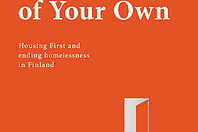


 Follow #IGHhub
Follow #IGHhub